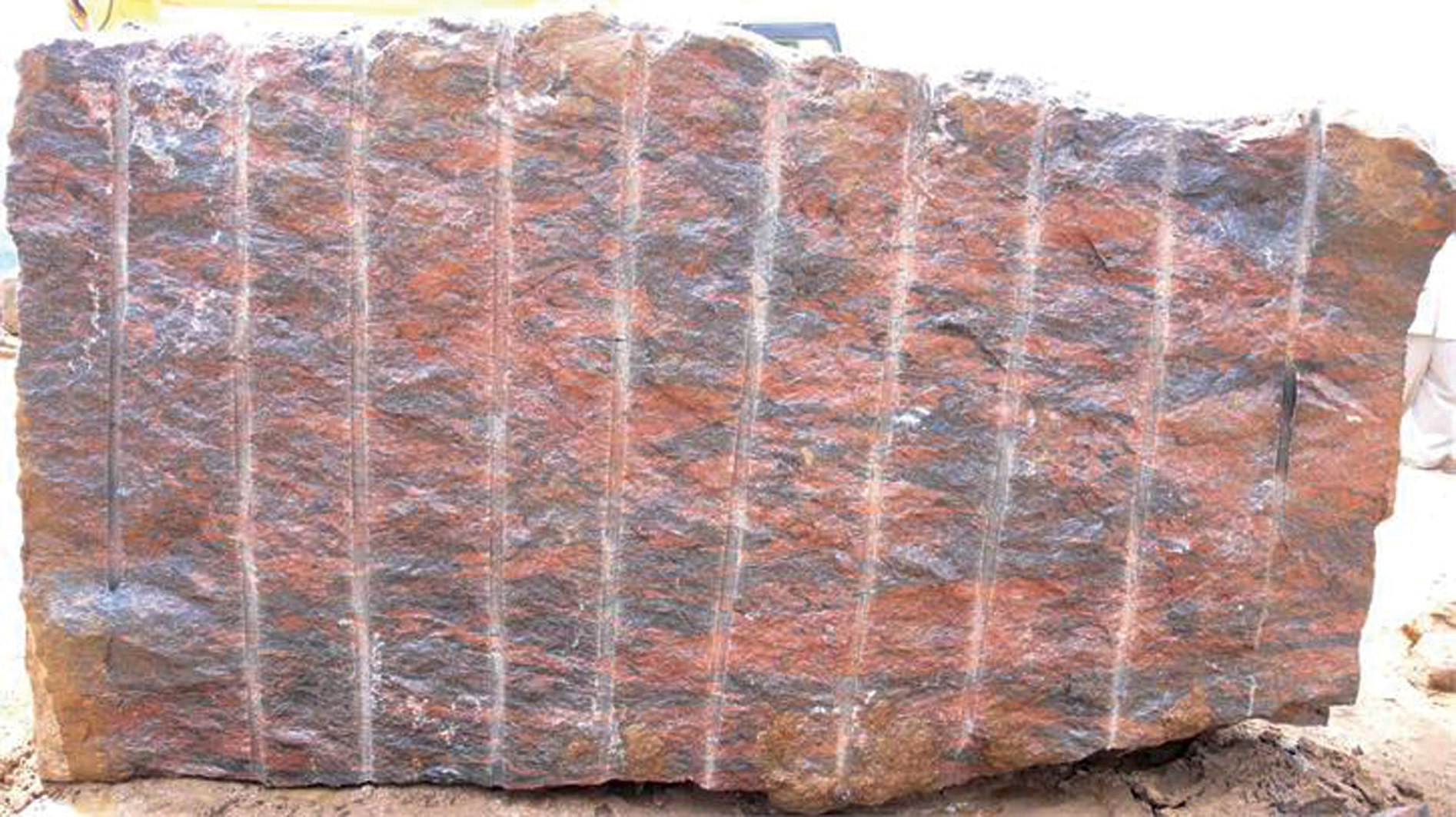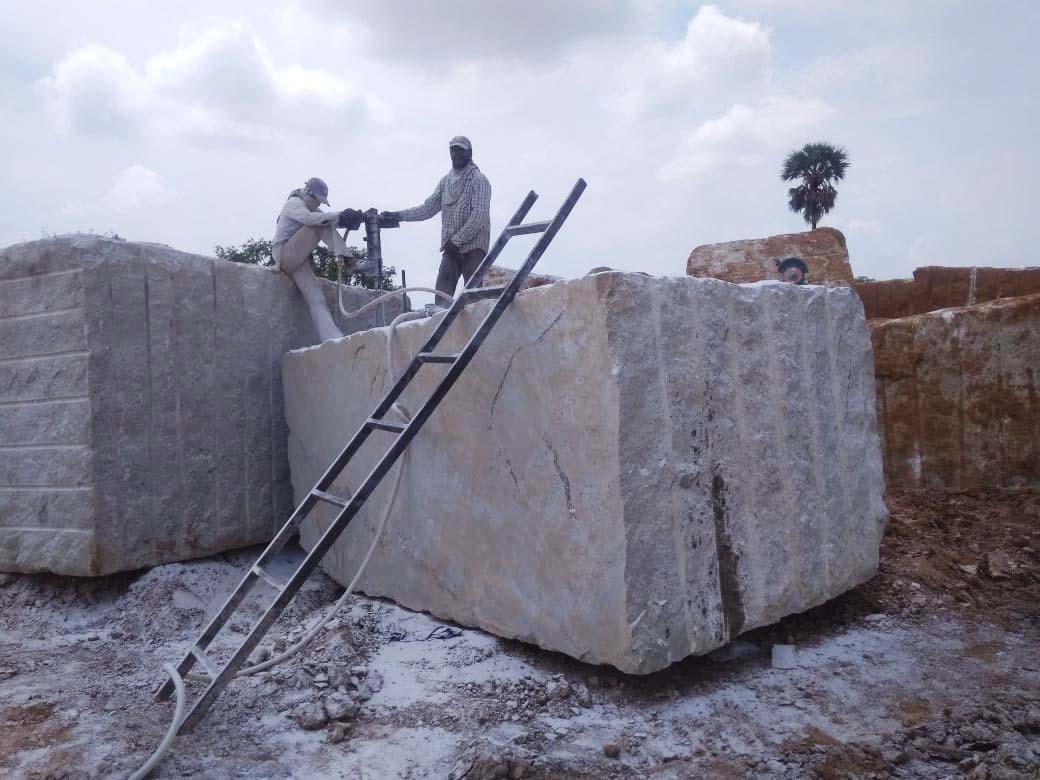Granite Quarries in South Africa Wonders: Discovering the Quarry Landscape
Granite Quarries in South Africa Wonders: Discovering the Quarry Landscape
Blog Article
Discovering the Rich History and Lasting Practices of Granite Quarrying
As we stand on the precipice of discovering the intricate tapestry of granite quarrying, a trip through time reveals not just the physical act of drawing out stone yet additionally the cultural and historic significance woven into the very fabric of this method. From the old beginnings that laid the structure for modern quarrying techniques to the lasting practices that are shaping the future of this market, each carve mark on granite surface areas informs a story waiting to be discovered (granite quarries in south africa). The tradition of granite quarrying stretches much past mere extraction; it is a testimony to human resourcefulness, strength, and the enduring allure of this magnificent rock
Ancient Origins of Granite Quarrying
Dating back to old worlds, the practice of quarrying granite has actually been an essential component of human history and architectural development. The earliest proof of granite quarrying days back to ancient Egypt, where huge pyramids and elaborate sculptures were crafted from this sturdy rock. The Egyptians utilized primitive tools to extract granite blocks from quarries, showcasing the importance of this product in their monumental constructions.
Moving on in history, the Greeks additionally made considerable payments to the quarrying of granite. The Greeks made use of granite in various architectural wonders, such as holy places and sculptures, showing their skill in shaping and carving this durable rock. The Romans even more refined the strategies of quarrying granite, utilizing advanced tools like blades and hammers to extract and shape granite for their iconic frameworks.
Via the centuries, the practice of quarrying granite has advanced, with modern innovations enhancing performance while maintaining the ageless charm of this natural stone - granite quarries in south africa. From ancient worlds to contemporary builders, the legacy of granite quarrying continues to shape our world
Advancement of Quarrying Methods
The evolution of quarrying techniques has actually been marked by a constant progression towards higher effectiveness and precision in extracting granite. Early quarrying methods included manual labor with basic tools such as chisels, hammers, and wedges to extract granite blocks from the planet.
In more recent times, the introduction of equipment transformed the quarrying industry, enabling much faster extraction prices and increased performance. Technologies such as diamond cord saws, high-pressure water jets, and pneumatic drills have actually ended up being basic in contemporary quarries, permitting exact cutting and reduced waste. Advancements in computer-controlled devices and 3D modeling have enhanced quarrying operations, leading to very little environmental effect and boosted sustainability practices. As the demand for granite remains to increase, the advancement of quarrying methods remains integral to conference market requires effectively and sustainably.
Cultural Relevance of Granite
Granite holds a profound cultural value throughout various human beings due to its enduring visibility in architectural masterpieces and respected monuments. From the impressive pyramids of Egypt to the detailed makings of the Angkor Wat holy place in Cambodia, granite has actually been a product of selection for sharing grandeur and durability in cultural heritage. In old Rome, granite columns embellished holy places and public structures, representing strength and durability. The cultural value of granite prolongs beyond its physical attributes; it embodies durability, stability, and eternity, making it an icon of enduring traditions and customs.

Sustainable Practices in Quarrying
Among the abundant background of granite quarrying and its cultural relevance exists an expanding emphasis on lasting practices within the market. As environmental awareness and issues regarding resource exhaustion have actually increased around the world, the quarrying market has increasingly embraced sustainable techniques to reduce its impact on the setting and bordering neighborhoods.

In addition, recovery and rehabilitation of quarry sites post-extraction are important to lasting practices. By bring back quarried locations to a natural or helpful state, such as producing wild animals habitats or entertainment rooms, quarriers can counter the ecological impact of their operations and add positively to the local environment.
Tradition of Granite Quarrying
With a historic background steeped in craftsmanship and commercial progress, what enduring impact has granite quarrying left on the landscape page of modern society? The tradition of granite quarrying transcends mere removal methods; it has formed architectural wonders, urban landscapes, and cultural heritage worldwide. The long lasting nature of granite has actually made it a recommended choice for monoliths, structures, and framework, standing as a testament to the skill and creativity of quarry employees throughout generations.
Additionally, the economic footprint of granite quarrying can not be neglected. The market proceeds to give job opportunity and drive local economic climates in regions where granite extraction is widespread. It has actually additionally spurred technological developments in quarrying strategies and devices, resulting in much more reliable and sustainable practices.
In terms of sustainability, the tradition of granite quarrying includes efforts to minimize ecological impacts with reclamation projects and responsible source administration. By stabilizing economic passions with ecological stewardship, the market aims to ensure that future generations can remain to gain from this long-lasting all-natural source.
Verdict

Report this page